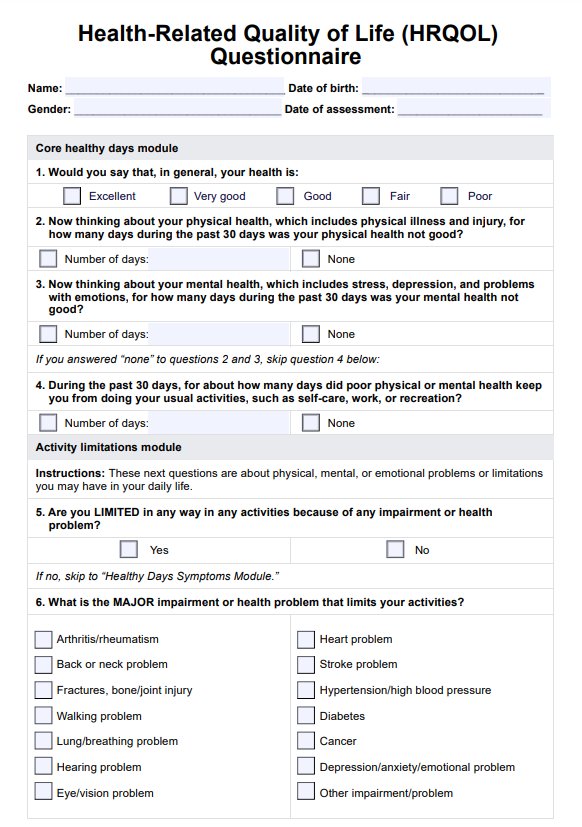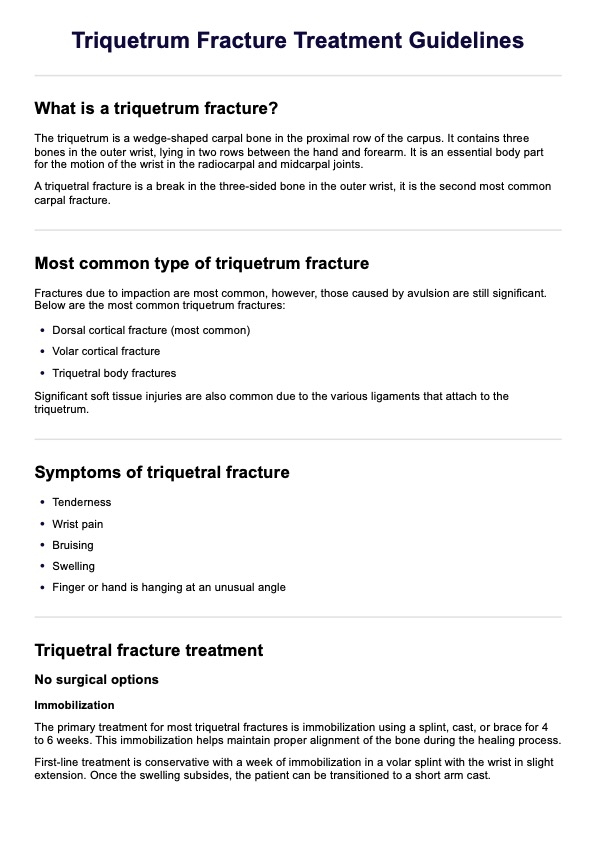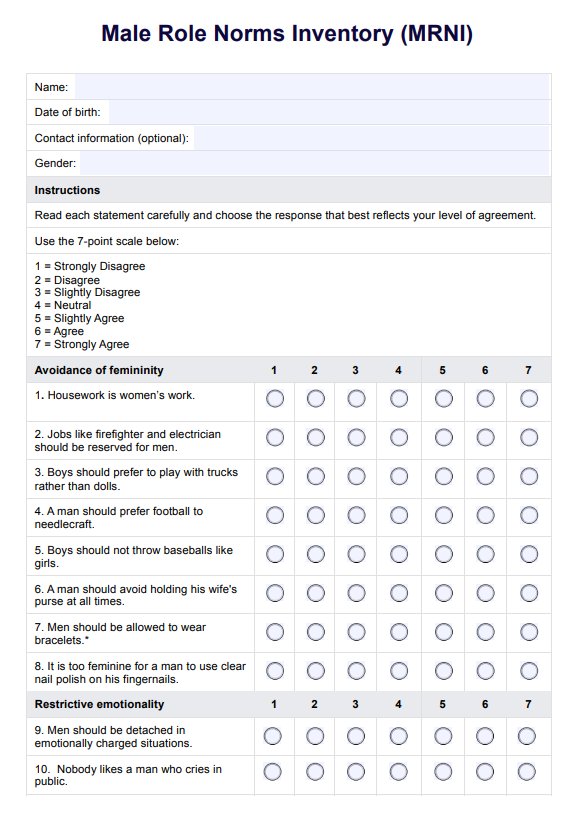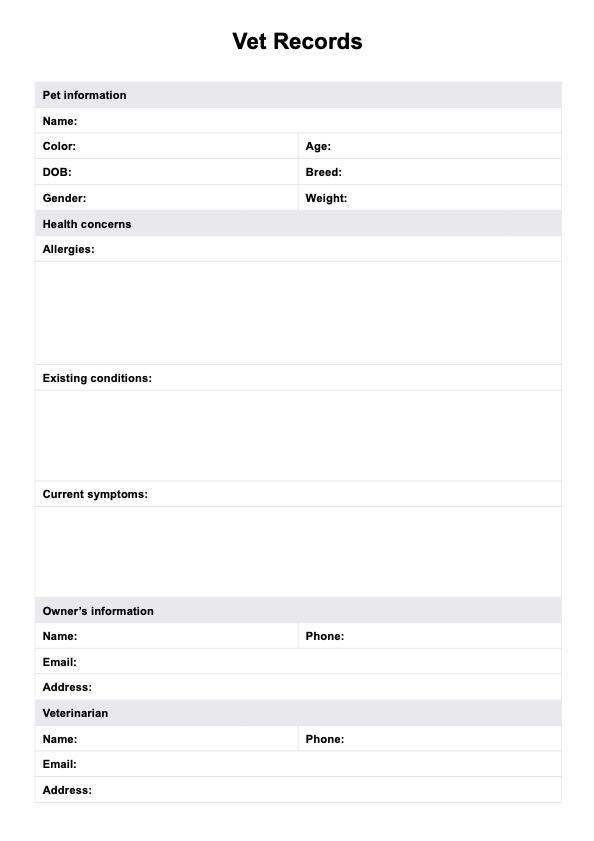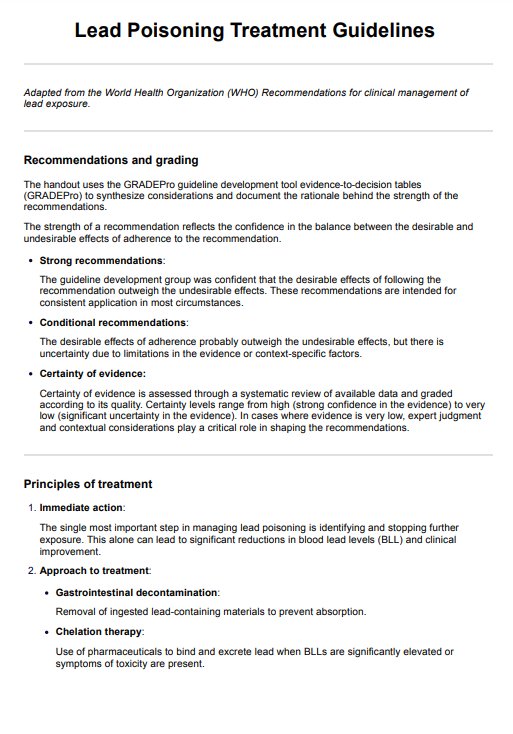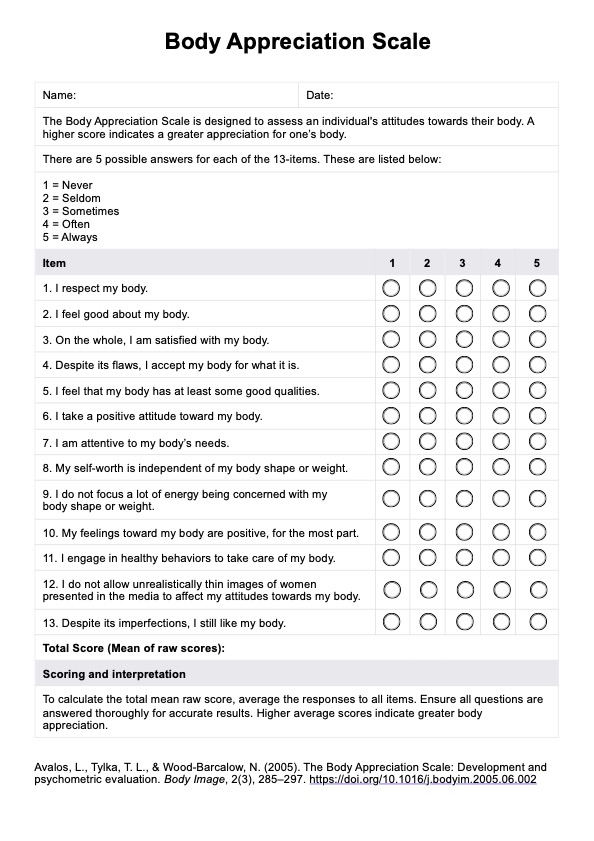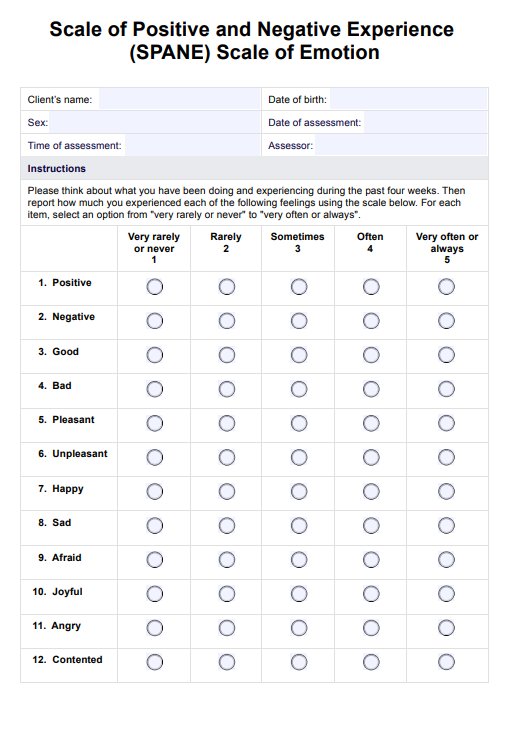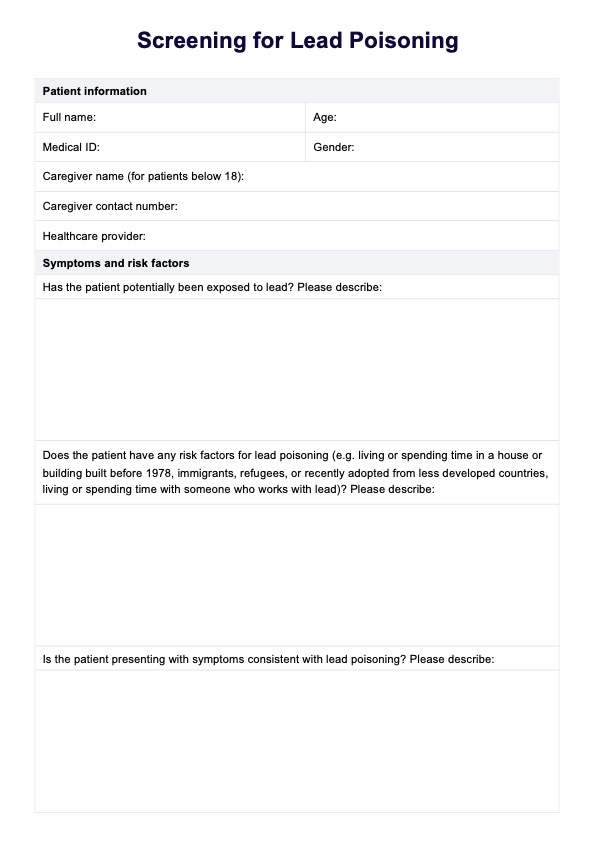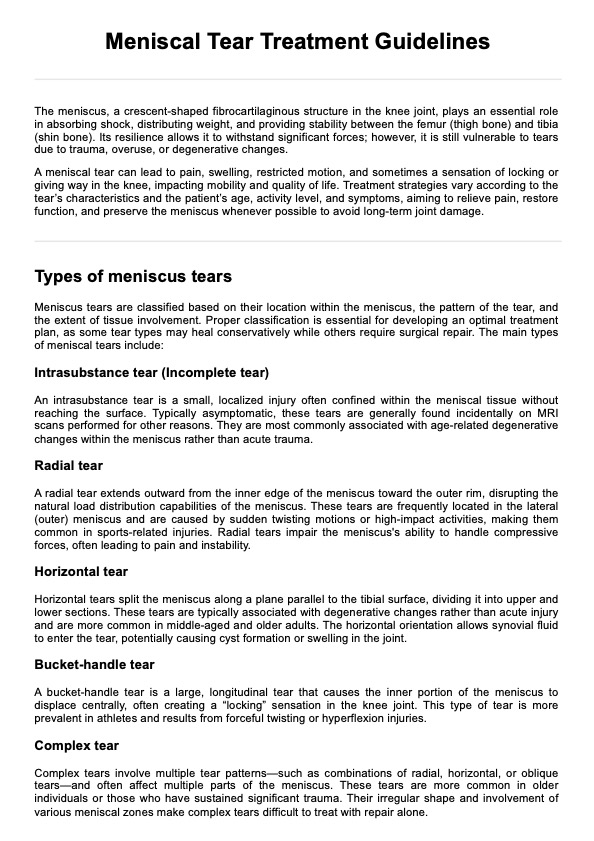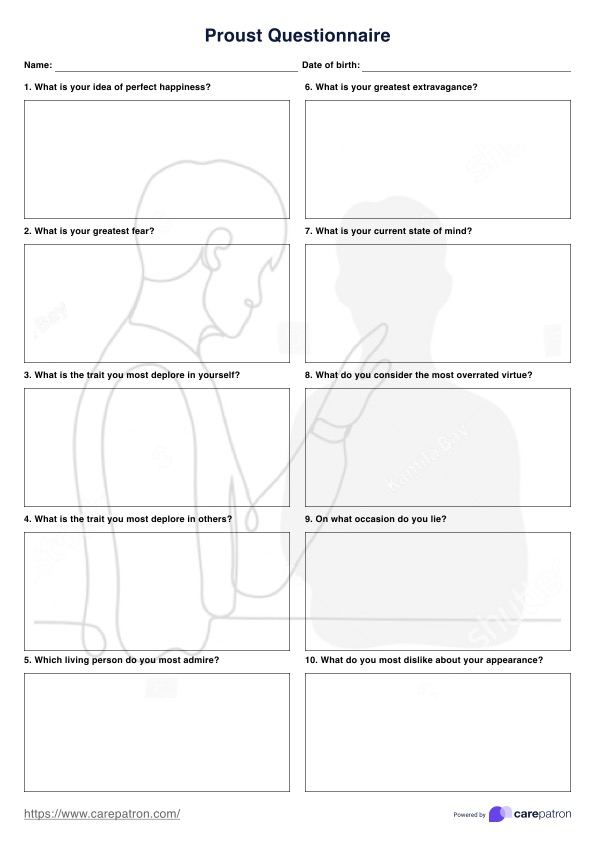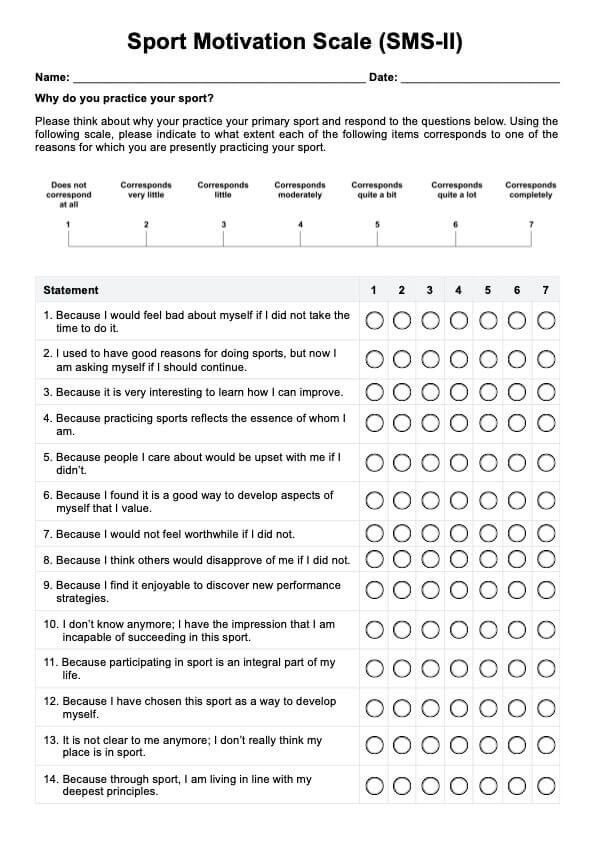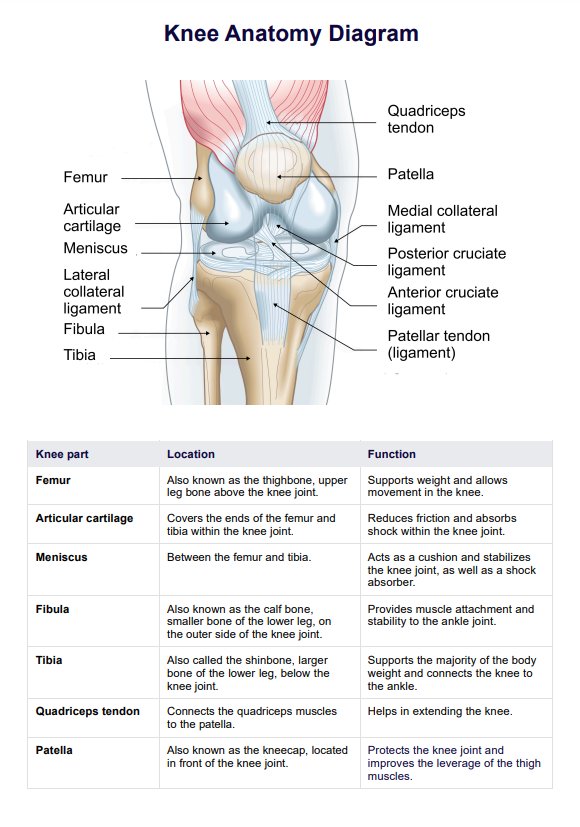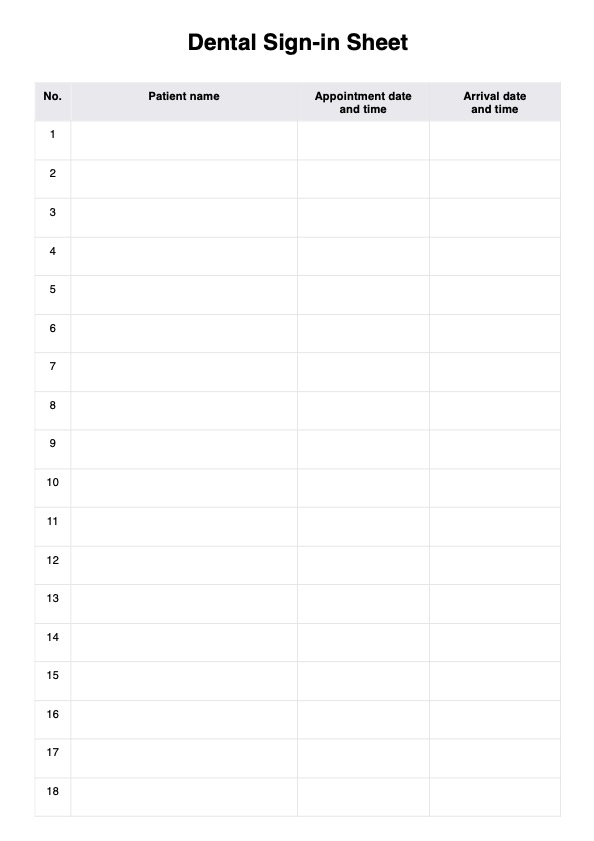Portion Size Chart
Manage food intake effectively with our Portion Size Chart. Find the right serving sizes, minimize waste, and achieve nutritional goals easily.


The importance of knowing portion sizes
Imagine sitting down to enjoy a meal after a long day, only to find your plate piled high with food. You may feel a sense of satisfaction as you eat, but later, you realize you've eaten far more than necessary. This scenario, familiar to many, underscores the importance of understanding portion size.
Portion size pertains to the amount of food served or consumed in one sitting. It is a critical aspect of healthy eating as it directly impacts calorie intake and nutrient consumption. Knowing the appropriate portion size ensures that individuals consume the right amount of nutrients without overindulging.
For people preparing meals, understanding portion sizes helps plan and portion ingredients accordingly. It enables them to create balanced meals that provide essential nutrients without excessive calorie intake.
Similarly, being aware of portion sizes allows for better decision-making when selecting serving sizes for those eating out or at home. It helps individuals gauge how much to eat to feel satisfied without overeating, thereby reducing food waste and preventing unnecessary consumption of calories.
By learning to measure and control portion sizes, individuals can maintain a healthy weight, improve nutrient intake, and minimize food waste. Knowing this empowers individuals to make informed choices about their food consumption, promoting overall well-being and healthier eating habits.
Portion Size Chart Template
Portion Size Chart Example
What is a Portion Size Chart?
The Portion Size Chart serves as a comprehensive reference tool, delineating recommended serving sizes for various food groups to assist individuals in managing their dietary intake effectively. It categorizes foods into distinct groups: fruits, vegetables, grains, protein, dairy, fats and oils, snacks, and beverages. It provides examples of portion sizes for common foods within each category.
By incorporating patient information and following the straightforward steps outlined in the chart, individuals can tailor their portion sizes based on their activity level and dietary goals. This approach facilitates portion control, supports weight management, and ensures balanced nutrition. By utilizing the Portion Size Chart, individuals can make informed decisions regarding their food intake, fostering healthier eating habits and minimizing food waste.
In a study involving obese patients diagnosed with type 2 diabetes mellitus, the daily utilization of a portion control plate over six months yielded significantly more significant weight loss compared to the standard care, indicating the effectiveness of portion control tools in facilitating weight reduction and enhancing glycemic control (Pedersen, 2007).
Systematic studies have highlighted the correlation between larger portion sizes and increased energy intake, contributing to obesity. Managing portion size entails educating individuals on appropriate portions and utilizing tools like portion-control plates. At the same time, preportioned foods assist in structuring meals. However, further research is warranted to ascertain long-term efficacy and behavioral changes (Rolls, 2014).
Furthermore, research indicates that visual consumption norms influenced by dinnerware size substantially impact food serving behavior, with larger plates resulting in heightened food serving, consumption, and waste. This suggests that individuals base their serving decisions on a visual plate-fill level, even following educational interventions. These findings broadly affect consumer welfare, food service management, and public policy (Wansink & van Ittersum, 2013).
How does our Portion Size Chart template work?
Our Portion Size Chart template is a valuable tool to help individuals manage their food intake effectively, ensuring they consume the right amount of nutrients while minimizing household waste. Here's how it works:
Step 1: Download the template
Download the Portion Size Chart template from the provided link.
Step 2: Enter relevant information
Enter the name, date of birth, gender, height, weight, activity level, and any special dietary requirements into the designated fields.
Step 3: Understand food groups
Familiarize yourself with the food groups listed in the chart, including fruits, vegetables, grains, protein, dairy, fats and oils, snacks and sweets, and beverages.
Step 4: Determine portion sizes
Refer to the serving size examples provided for common foods within each food group. These serving sizes act as a guide for determining the right portion size for each meal.
Step 5: Adjust portions
Adjust portion sizes based on your individual dietary needs and goals. Consider factors such as weight management, calorie intake, and nutritional requirements.
Step 6: Consistency and moderation
Practice portion control consistently to maintain a balanced diet and achieve nutritional goals. Remember to eat in moderation and avoid excessive portion sizes. This can lead to overeating and weight gain.
Step 7: Incorporate into recipes
Integrate portion size recommendations into recipes when cooking or meal planning. Adjust ingredient quantities to align with recommended serving sizes for each food group.
Step 8: Monitor progress
Track portions consumed throughout the week to ensure consistency and adherence to dietary goals. Adjust servings as needed to support overall health and well-being.
Step 9: Seek professional guidance
Consult with a healthcare professional or dietitian for guidance on portion control, especially if managing specific health conditions or weight-related concerns.
By following these steps and utilizing the Portion Size Chart effectively, individuals can make informed choices about their food intake, promote healthier eating habits, and minimize household waste.
When is it best to use this chart?
The Portion Size Chart is a versatile resource beneficial for various practitioners and individuals alike, with specific scenarios highlighting its relevance:
Nutritionists/dietitians
Nutritionists and dietitians can use the Portion Size Chart during consultations with clients to provide personalized guidance on appropriate serving sizes based on individual dietary needs and goals. They can incorporate the chart into meal planning sessions, helping clients understand portion control and make informed choices for healthier eating habits.
Fitness trainer
Fitness trainers often emphasize the importance of nutrition and exercise for achieving fitness goals. They can utilize the Portion Size Chart to educate clients on proper portion sizes to support their fitness journey. Trainers can enhance their overall health and performance by incorporating portion control into clients' meal plans.
Healthcare providers
Healthcare providers, including doctors and nurses, can recommend the Portion Size Chart to patients as part of preventive care and disease management strategies. By promoting portion control and balanced nutrition, healthcare providers can help patients manage obesity, diabetes, and heart disease.
Educators
Educators in schools, community centers, and wellness programs can incorporate the Portion Size Chart into nutrition education. Teaching individuals, especially children and adolescents, about appropriate portions early on fosters healthy eating habits that can last a lifetime, reducing the risk of obesity and related health issues.
Individuals and families
On a personal level, individuals and families can use the Portion Size Chart in their daily lives to make healthier food choices and manage portion control. Whether planning meals at home, dining out or grocery shopping, referring to the chart helps ensure balanced nutrition and prevents overeating.
What are the benefits of using this chart?
Using the Portion Size Chart offers numerous advantages, enhancing meal planning and promoting healthier eating habits. Here are five benefits:
- Promotes portion control: The chart provides clear guidelines on serving sizes, helping individuals manage portion control effectively and prevent overeating.
- Supports balanced nutrition: By following the recommended portion sizes for different food groups, individuals can get a balanced diet with the right mix of nutrients.
- Aids weight management: Utilizing the chart assists in controlling calorie intake, making it easier for individuals to maintain a healthy weight or achieve weight loss goals.
- Reduces food waste: By accurately measuring portion sizes, individuals can minimize food waste by preparing and consuming the right amount of food, saving money, and reducing environmental impact.
- Empowers informed choices: The chart allows individuals to make informed decisions about their food intake, fostering greater awareness of portion sizes and promoting healthier eating habits.
References
Pedersen, S. D. (2007). Portion control plate for weight loss in obese patients with type 2 diabetes Mellitus. Archives of Internal Medicine, 167(12), 1277. https://doi.org/10.1001/archinte.167.12.1277
Rolls, B. J. (2014). What is the role of portion control in weight management? International Journal of Obesity, 38(S1), S1–S8. https://doi.org/10.1038/ijo.2014.82
Wansink, B., & van Ittersum, K. (2013). Portion size me: Plate-size induced consumption norms and win-win solutions for reducing food intake and waste. Journal of Experimental Psychology: Applied, 19(4), 320–332. https://doi.org/10.1037/a0035053
Commonly asked questions
Individuals seeking to manage their food intake effectively and promote healthier eating habits utilize Portion Size Charts.
Use a Portion Size Chart when planning meals, cooking, or eating out to ensure appropriate portions and balanced nutrition.
Utilize the Portion Size Chart to ensure balanced nutrition, manage portion control effectively, and minimize food waste for overall wellness.




















-template.jpg)


